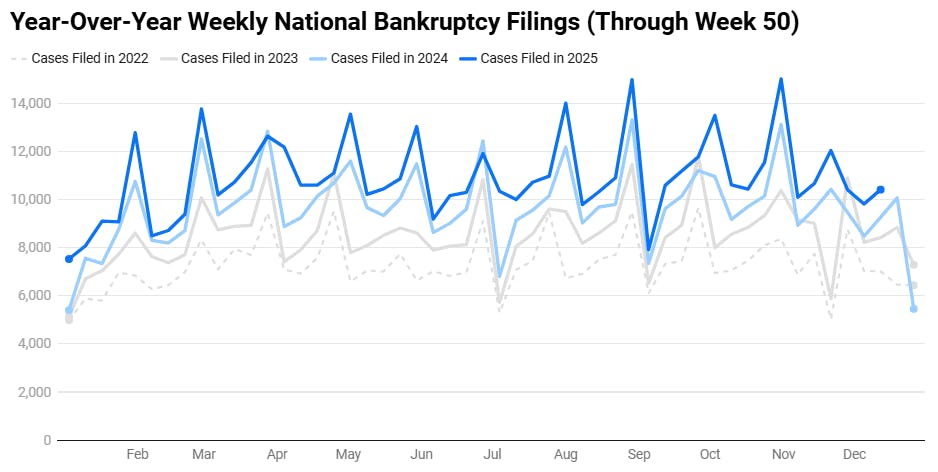
2025 Week 50 Bankruptcy Report

Marco Varela
December 15, 2025 · 5 min read
Real-time bankruptcy statistics to help you make better business decisions, faster. Industry market research reports, statistics, analysis, data, trends, and more.


Marco Varela
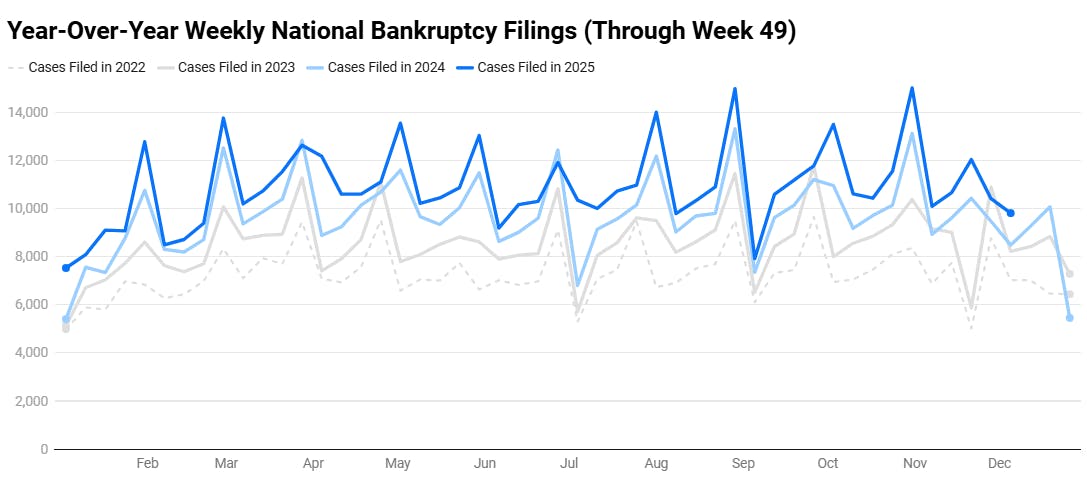

Marco Varela
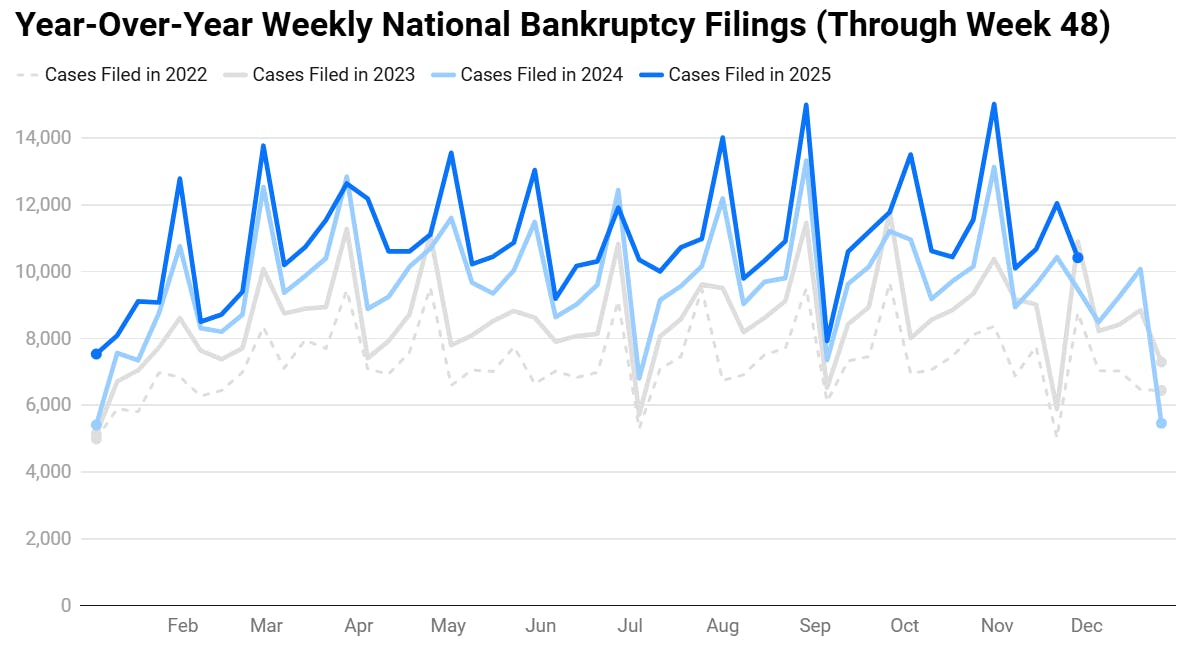

Marco Varela
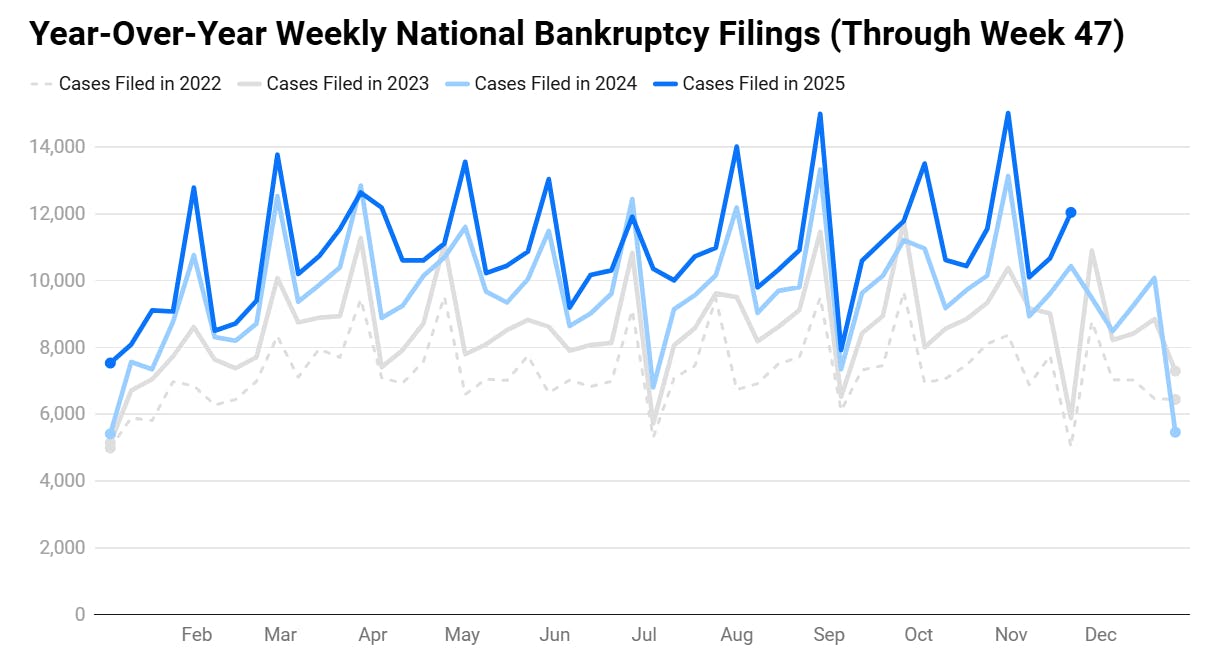

Marco Varela
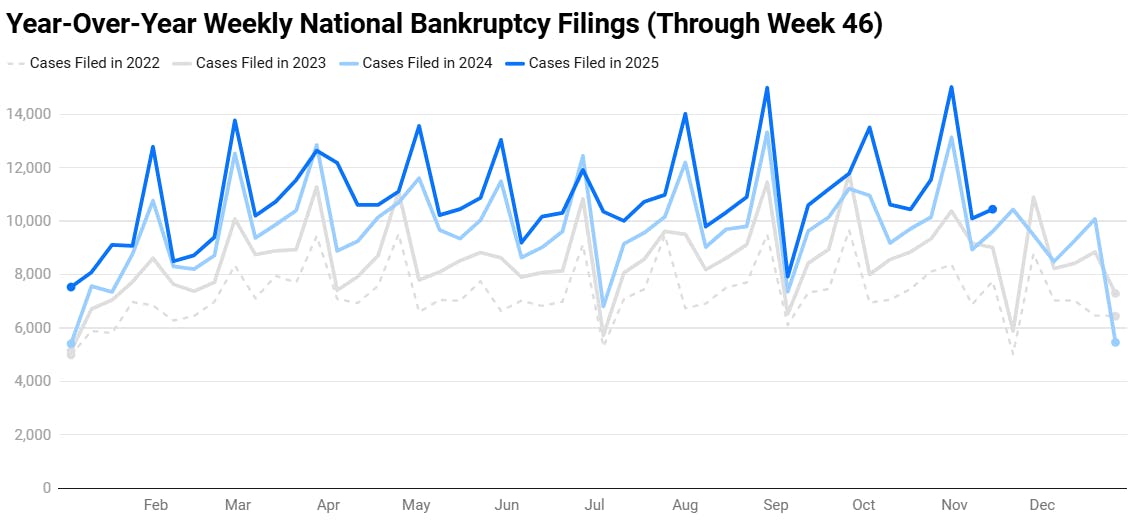

Marco Varela
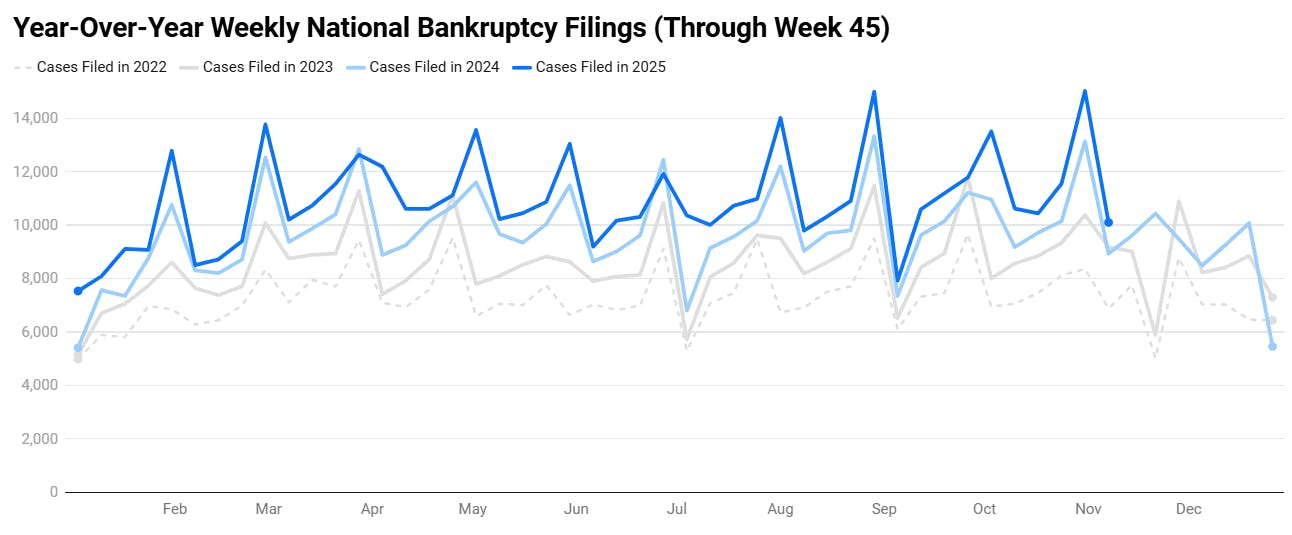

Marco Varela
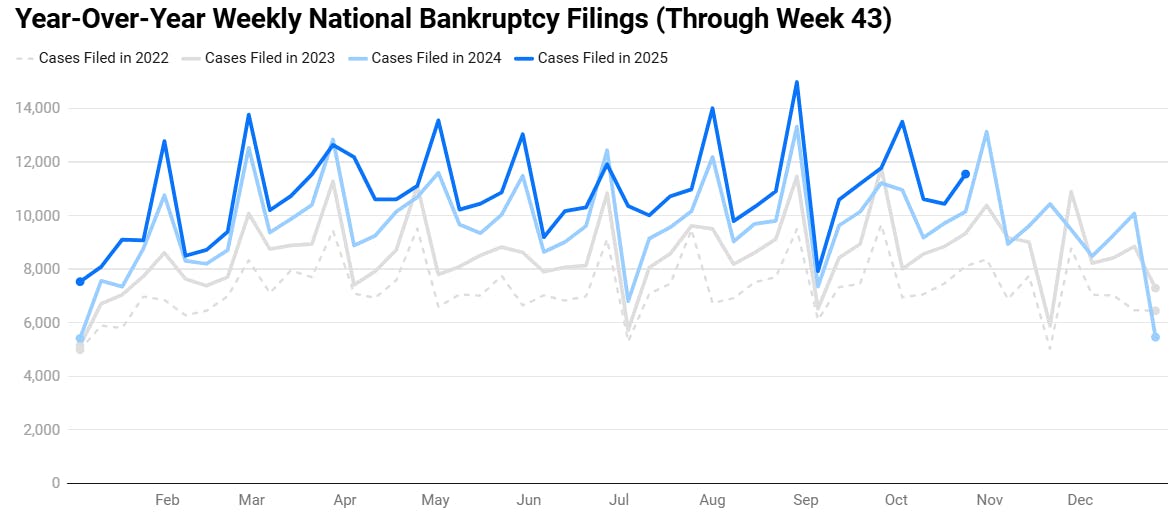

Marco Varela


Marco Varela
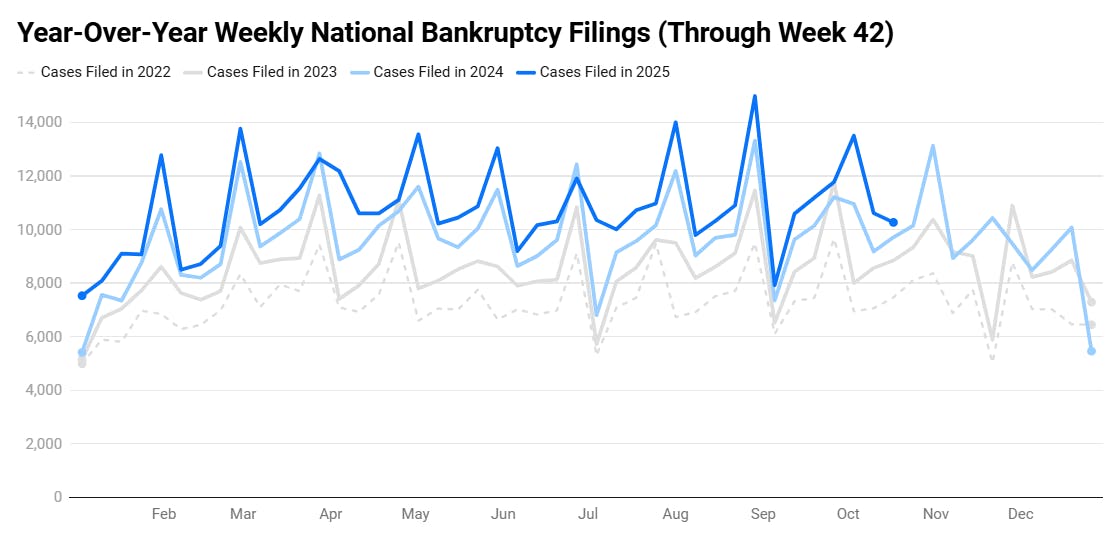

Marco Varela
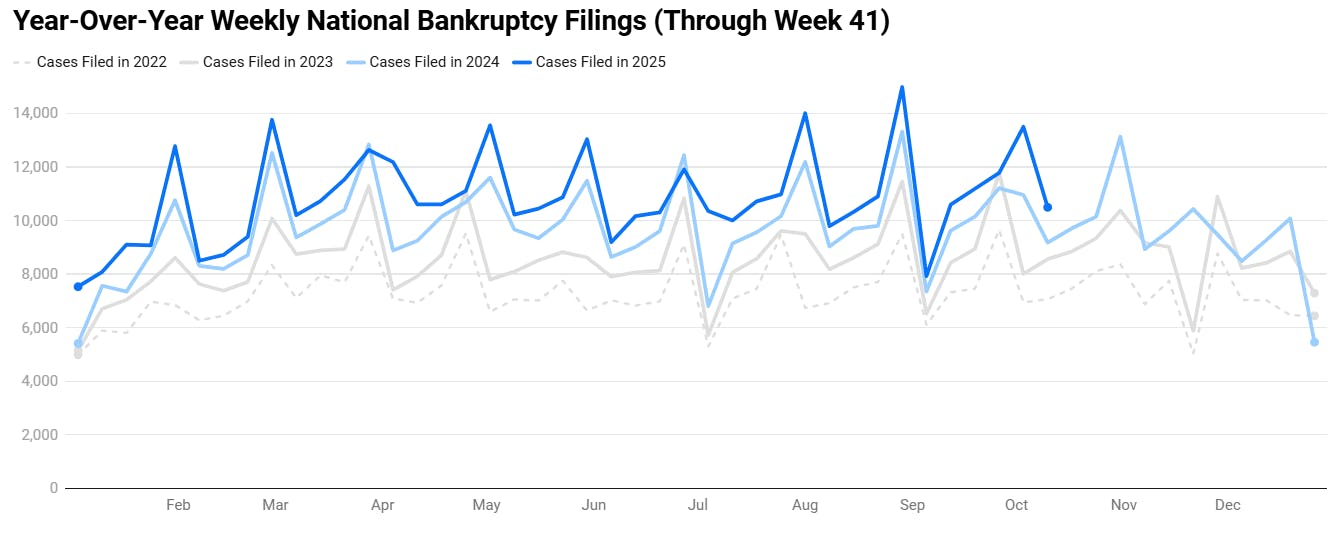

Marco Varela


Marco Varela
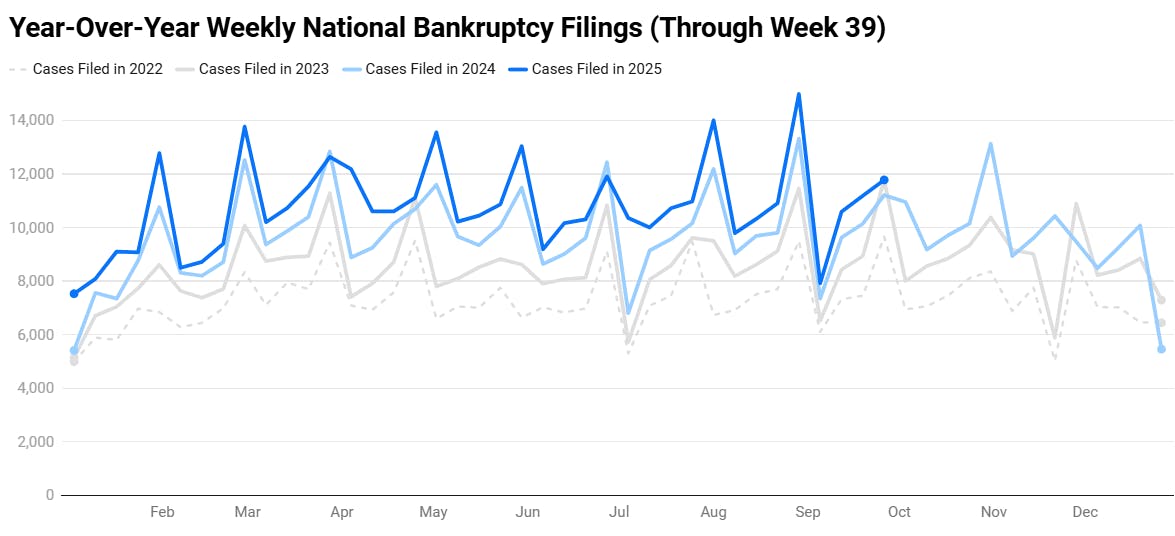

Marco Varela